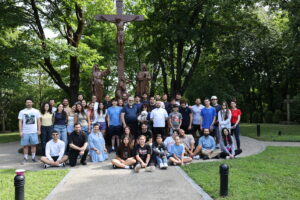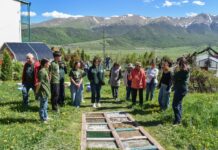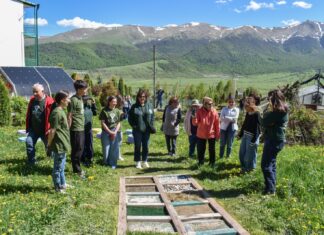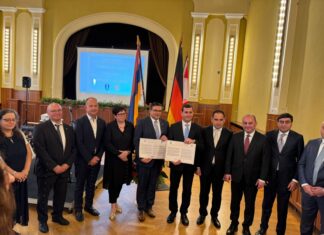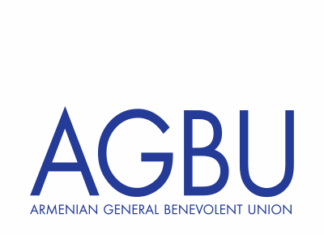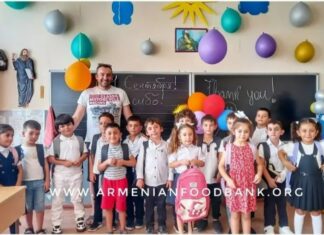The Aurora Humanitarian Initiative is a foundation that seeks to address on-the-ground humanitarian challenges around the world with the focus on helping the most destitute. Its mission is rooted in the Armenian history as the Initiative was founded on behalf of the survivors of the Armenian Genocide and in gratitude to their saviors and strives to transform this experience into a global movement. Even in the darkest hours of human history, there are glimmers of light. A hundred years ago, many courageous people stepped forward to help Armenians when they needed it most. Thanks to their actions, a people survived, against terrible odds. Now generosity lives in the heart of every Armenian.
Now, one hundred years later, it’s time to share these stories,” says the Initiative’s website. “100 LIVES is an initiative led by philanthropists Vartan Gregorian, Noubar Afeyan and Ruben Vardanyan.100 LIVES will tell these survivor stories. We will uncover and tell the stories of survival and humanity that emerged during the Armenian Genocide, which began in 1915. We will collect stories of survivors and those who helped them. So many people owe their survival and prosperity to the strength and generosity of others. Not just Armenians, but all of us. It’s time to acknowledge these deeds. We want our actions to help inspire others to stop, to think about those who have helped them during a moment of crisis, and to express gratitude by doing something in return. 100 LIVES is showing our gratitude through action: through launching the Aurora Prize and supporting humanitarian projects around the world.”
This story is excerpted from the Aurora LIVES 100 interview with Philippe Raffi Kalfayan about his beloved late grandmother, Aghavni Kalfayan, a survivor of the Armenian Genocide. Raffi, who holds a PhD in Law, is a French international lawyer advising governments and NGOs.

Philippe Kalfayan’s name has come to be associated with human rights advocacy. From 2001 to 2007, he was secretary general of the International Federation for Human Rights (FIDH), and to this day, he plays a prominent role in the organization. Since 2003, he has served as a legal expert for the Council of Europe’s Directorate General for Human Rights and Rule of Law. More than just his heritage ties Raffi to Armenia; he pioneered the establishment of the bar association in the newly independent republic. He is also a columnist for the Armenian Mirror-Spectator.
“When my grandmother, a seamstress, sewed her vests and clothing on her Singer sewing machine when I was a child, I would sit at her feet and listen to her stories. I would tirelessly ask her to tell me about her life and family in Afyonkarahisar before 1915, about her ancestral home, about the trip to Izmir and the hasty flight from there, along with her aunt, in September of 1922. Looking back, I realize how very fortunate I am — I have this necessary and unbreakable connection with the generation of survivors,” he says.
(According to the Virtual Genocide Memorable website, “Armenians in Afyonkarahisar are first mentioned in the 16th-century Ottoman fiscal registers. The community, which was made up largely of members of the Armenian Apostolic Church, but later coming to include Evangelicals and Catholics as well, was situated in the center of the town. The city and its population grew steadily over the following centuries.”)
